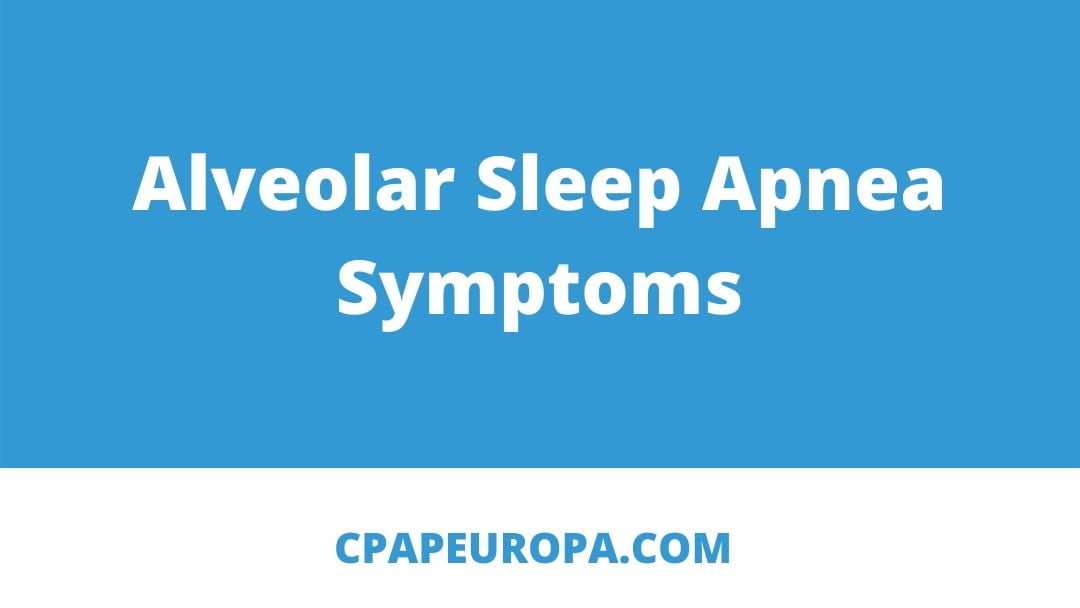Alveolar sleep apnea symptoms may include ventilation increases under the form of hyperventilation, where an increased or decreased amount of CO2 is exhaled by the patient. The result of alveolar ventilation may be a partial CO2 pressure decrease in the blood and the exhaled air. Obstructive sleep apnea (OSA) symptoms, accompanied with alveolar ventilation, are:
- Loud snoring interrupted by apneic episodes;
- Gasping for air or choking during sleep;
- Cognitive malfunction, memory loss, difficult concentrating;
- Excessive daytime sleepiness;
- Decreased libido;
- Depression and mood swings.
What is alveolar hypoventilation
The term ‘alveolar hypoventilation’ (or alveaolar hyperventilation) may be caused by a variety of disorders. These disorders are often referred as hypoventilation syndromes. Hyperventilation occurs due to lack of ventilation that may cause hypercapnia–an increase in the partial pressure of CO2 in the bloodstream. Alveolar hyperventilation may be either chronic or acute.
Chronic alveolar hypoventilation has been observed in obese patients with impaired lung ventilatory function. Such type of alveolar ventilation has also been observed with severe OSA syndrome, where apneic events (breathing pauses) are extremely long and cause a severe oxygen saturation drop during sleep.
Аlveolar ventilation decreases lead to the increase of CO2 blood level concentration.
Other useful articles:
Can you buy an oxygen concentrator on Amazon
